First edition of the RD51 Micro Pattern Gaseous Detectors School at CERN.
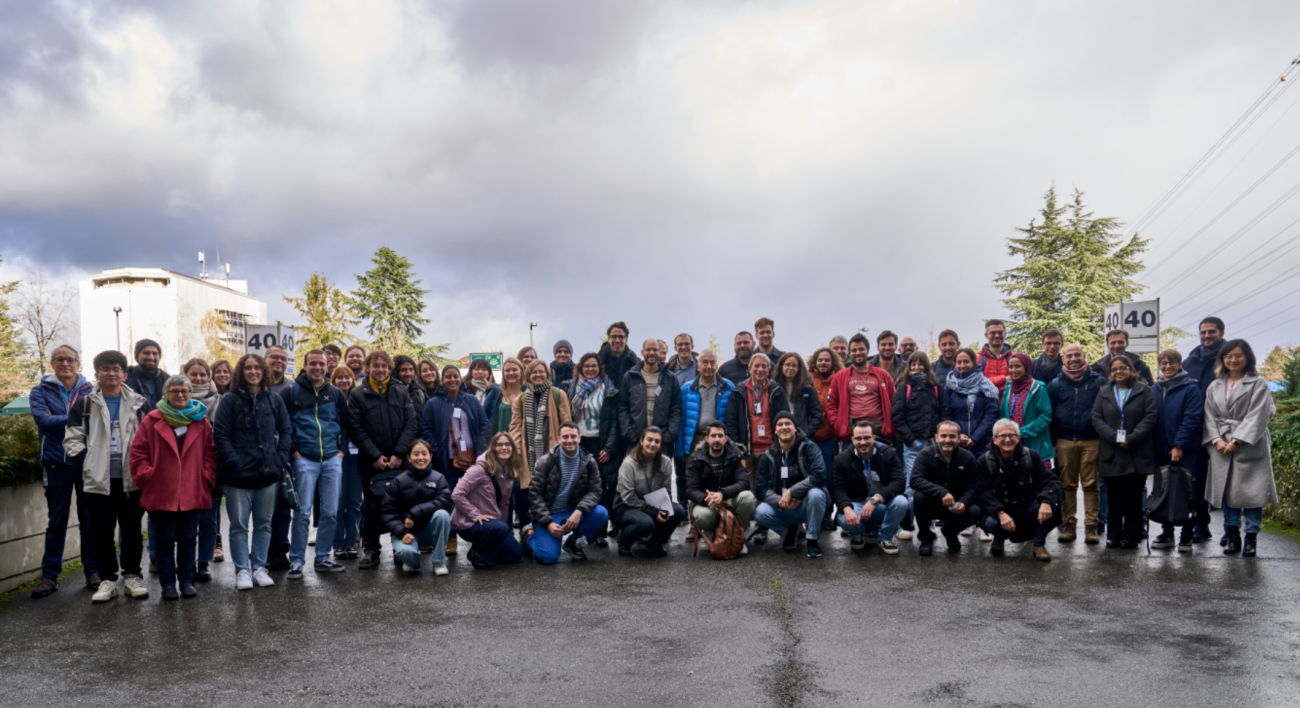
The first edition of the RD51 Micro Pattern Gaseous Detectors (MPGD) School was held at CERN from November 27th to December 1st, 2023. The school focused on state-of-the-art MPGD technologies with the goals of introducing newcomers to the field of MPGDs as well as sharing experience, expertise, methodologies and enthusiasm for gaseous detector development in the MPGD community.
The event consisted of two tracks: academic lectures by world experts in the field and laboratory exercises in the EP-DT-DD Gaseous Detector Development (GDD) lab.
With a focus on small laboratory groups, 24 students were accepted to the full program of the school. In addition, the lectures were open for both in-person and remote participation with more than 60 additional attendees including RD51 colleagues, students, and others interested in the field as shown in the picture below (Credits: Marina Cavazza).

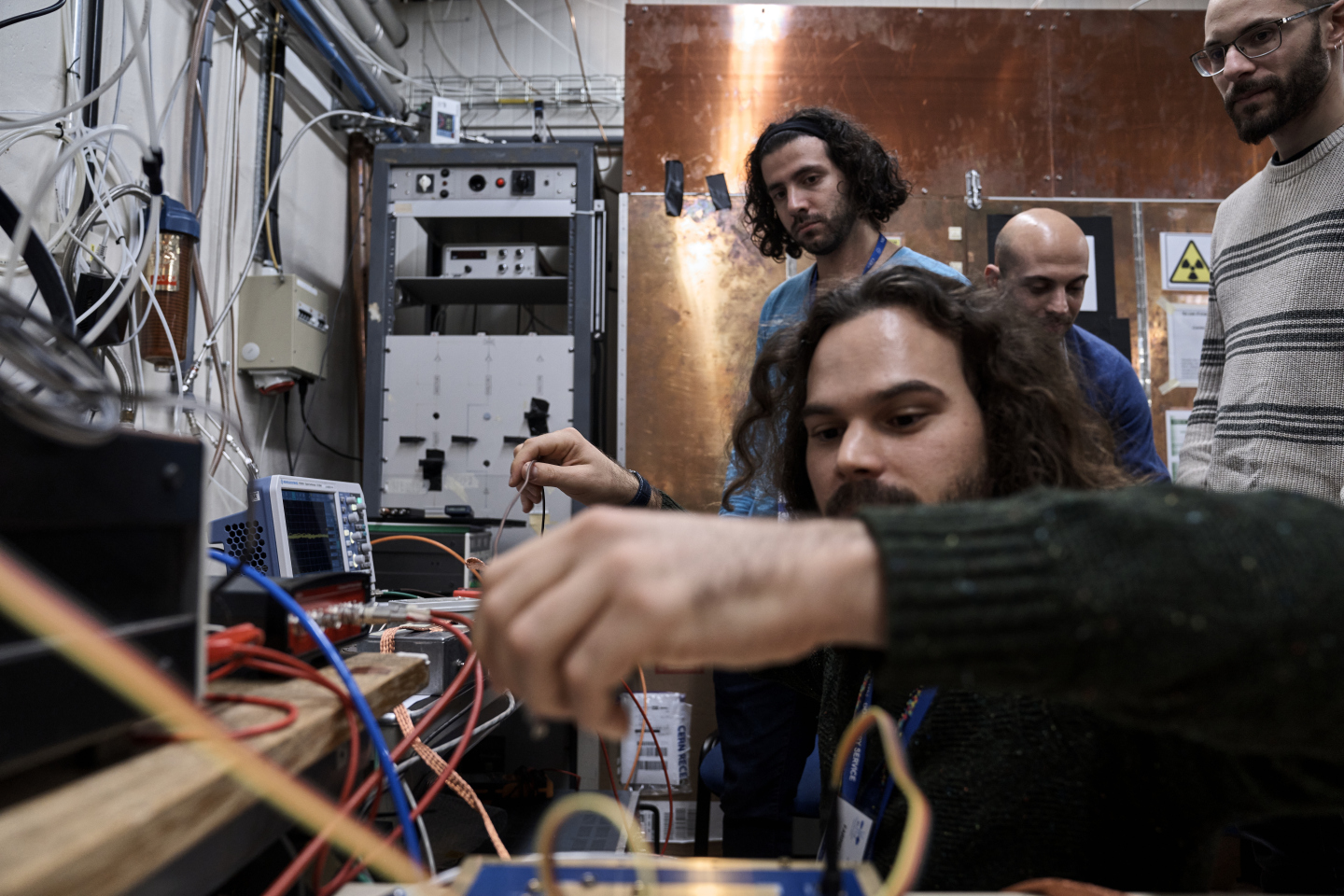
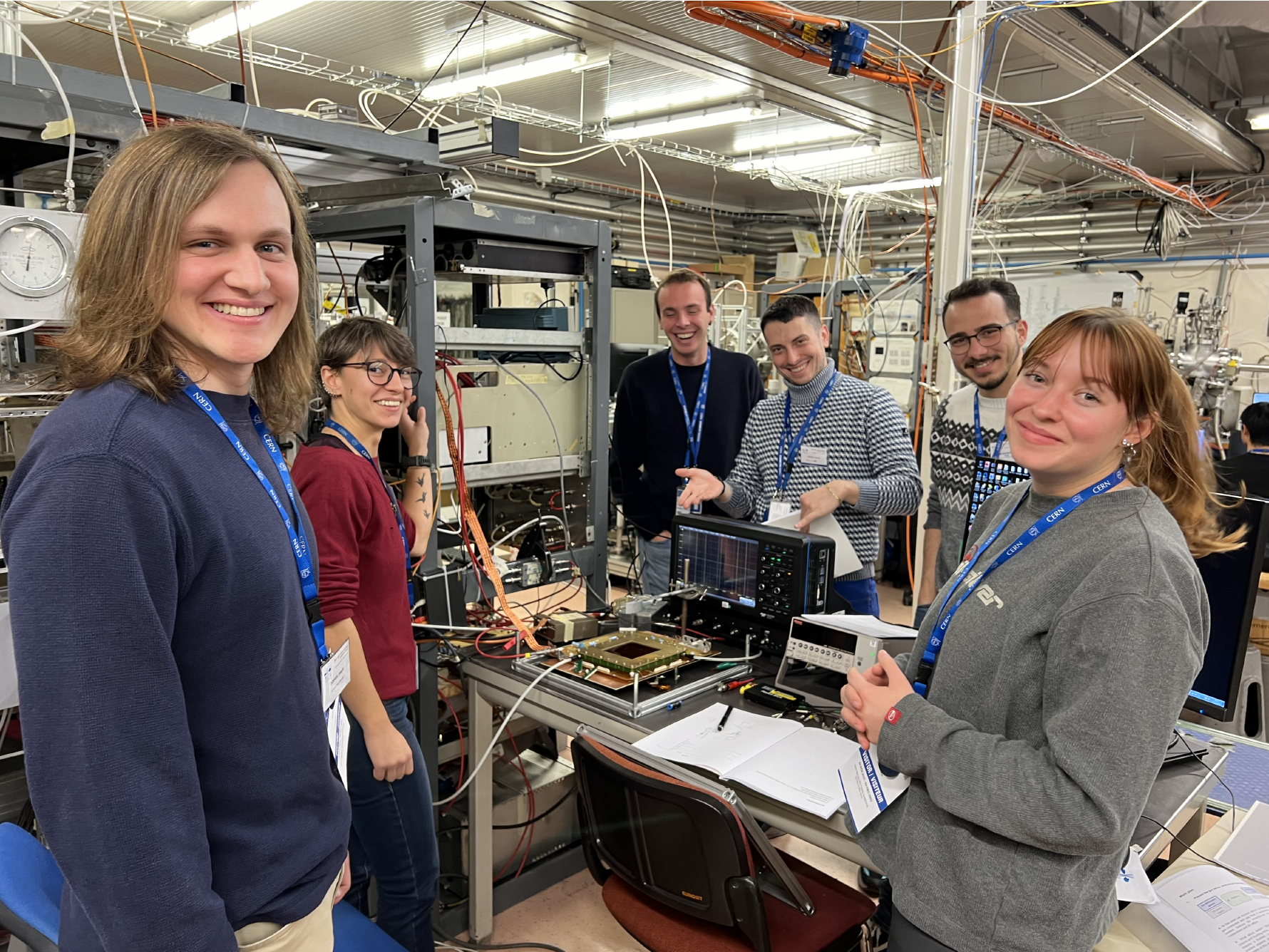
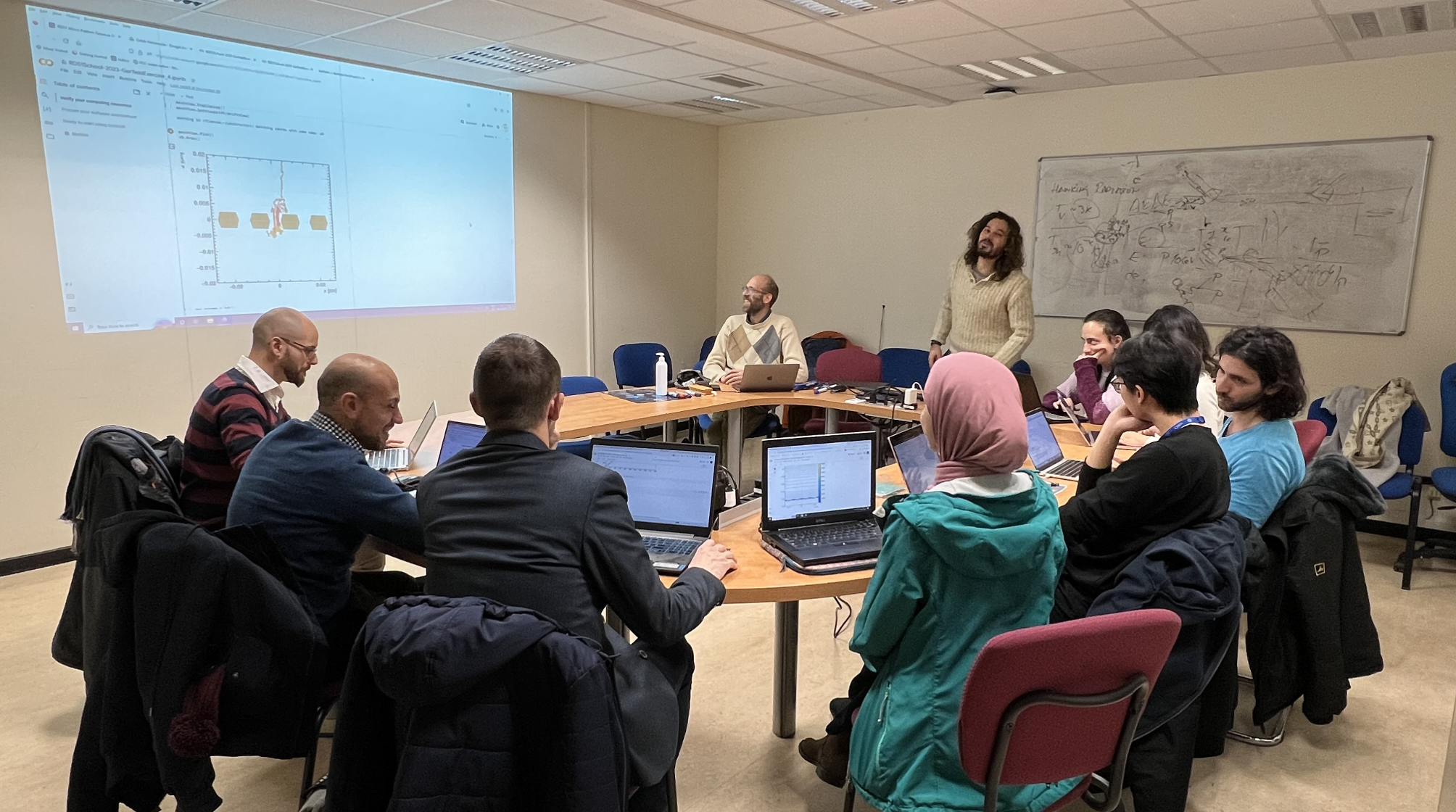
Laboratory exercises provided students a broad overview of techniques routinely used for gaseous detector development. Starting from detector assembly sessions in cleanroom environments to detector quality checks and basic detector operation, students experienced the tools and steps to evaluate gaseous detector technologies such as Gaseous Electron Multipliers (GEMs), MicroMesh Gaseous Structures (Micromegas) and μRWELL detectors. Advanced laboratory sessions on detailed detector characterisation, readout techniques including electronic and optical readout as well as detector modelling and simulations introduced the lab groups to state-of-the art technologies and developments relevant in the field of MPGDs. The involvement of more than 20 lecturers and tutors and preparing a rich lecture program as well as diverse laboratory exercises was reflected by the different technologies of detectors used throughout the school.
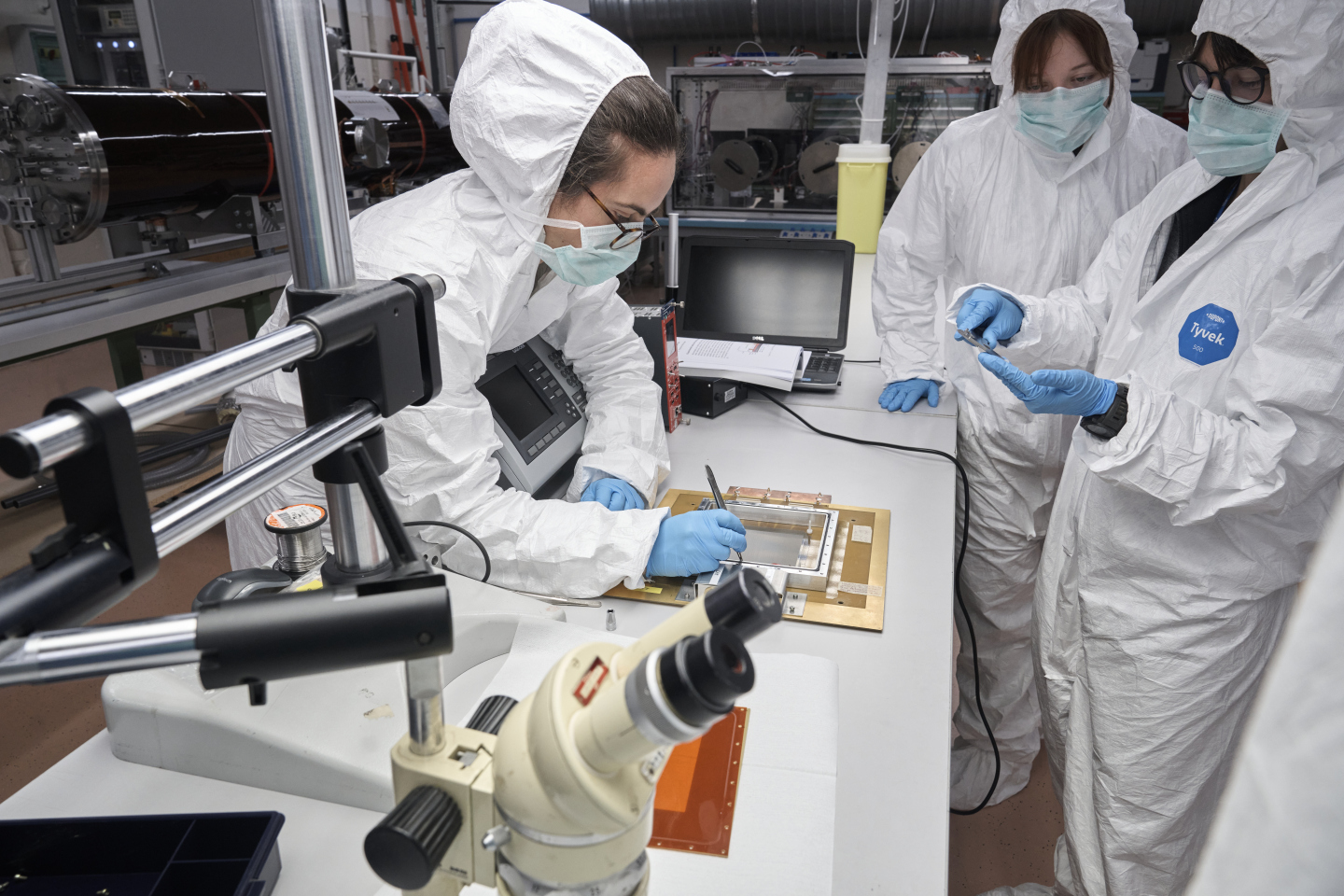
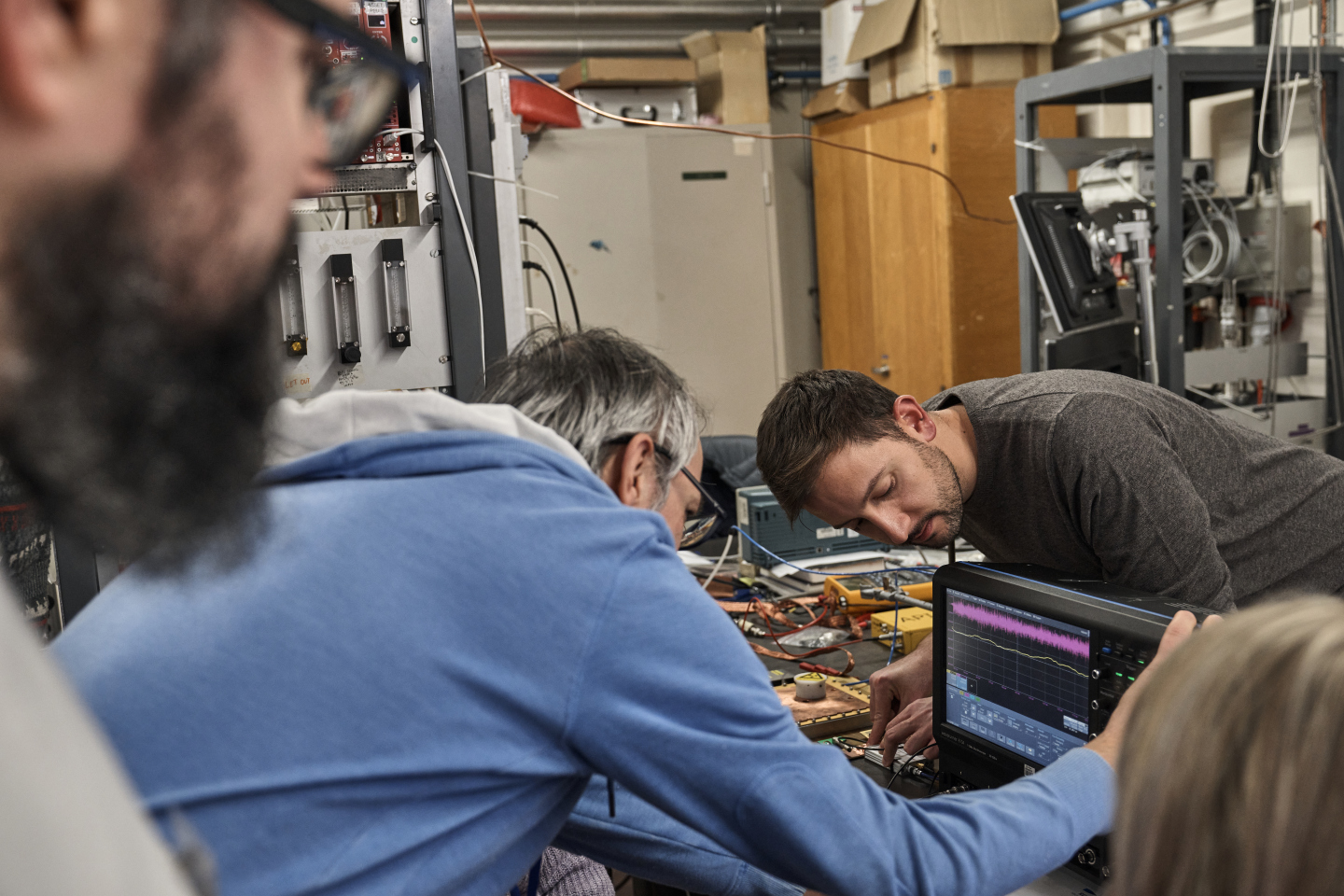
To highlight gaseous detector manufacturing and HEP applications at CERN in addition to the MPGD developments taking place in the GDD lab, visits to the EP-DT MicroPattern Technologies (MPT) workshop and to the ATLAS cavern were organised. Students had the chance to hear about the unique manufacturing facilities of the MPT workshop from Rui De Oliveira both during a dedicated lecture and during visits. The lecture program of the school started with a historic view of the introduction of MPGDs and the basic operating principles by Fabio Sauli before more detailed lectures addressed the operation of gaseous detectors in challenging environments and current challenges and developments in view of future applications. Lectures on simulation techniques presented both the tools and approaches of detector modelling, as well as current use cases and applications in detector design and optimisation. On the last day of the school, lectures on applications in HEP, on detector applications beyond HEP and on applications beyond fundamental research reviewed the wide range of environments in which MPGDs are employed.
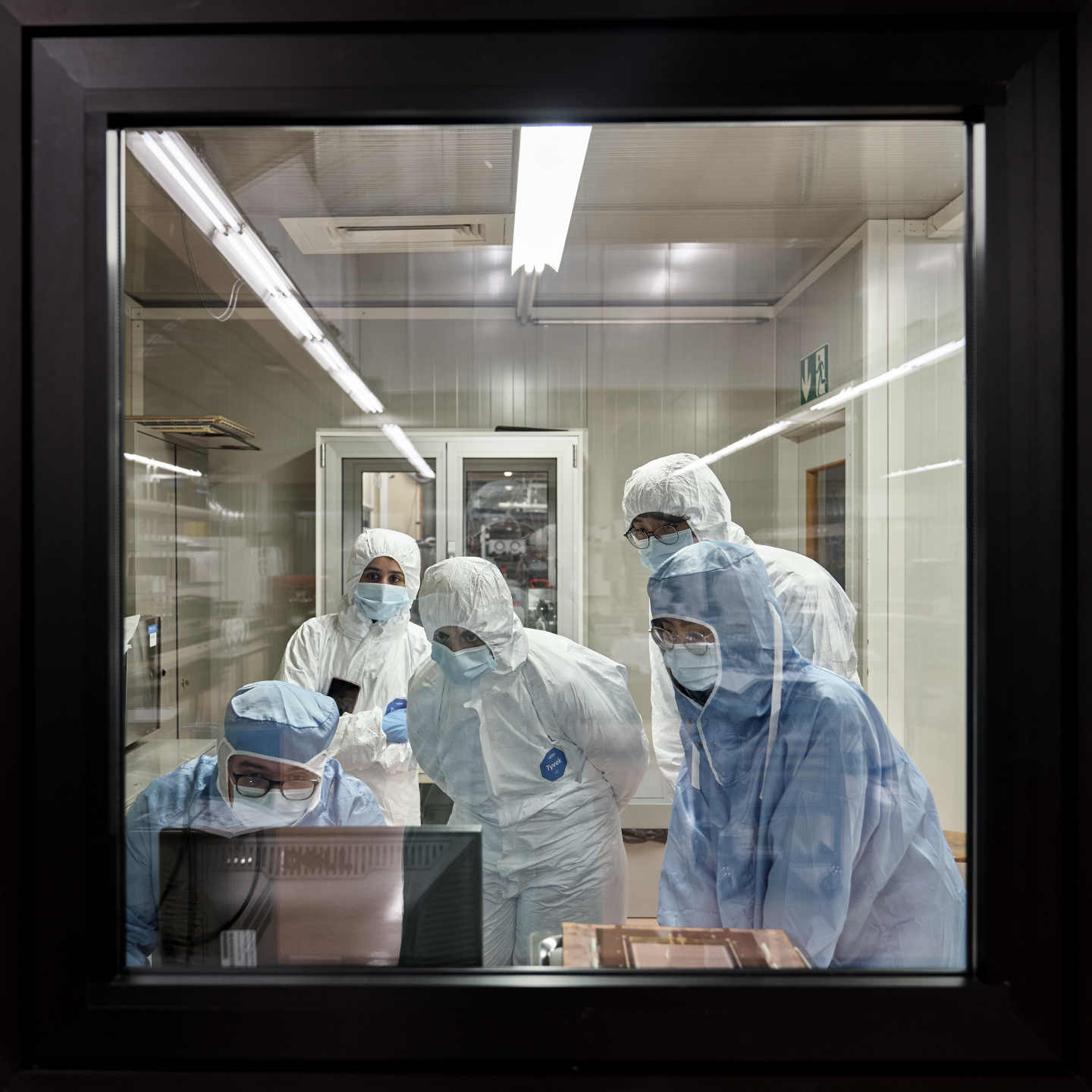
In addition to learning from lectures and lab exercises, students had the chance to present their work in a dedicated poster session, leading to detailed discussions and exchanges. Following the RD51 MPGD School, participating students were invited to present their experience in the lab exercises during the Working Group 8 session of the RD51 Collaboration Meeting, which took place in the following week. This not only showcased the activities of the school to the RD51 community but gave students the opportunity to elaborate on the analysis performed during lab sessions.
The school is intended as a regular event with future editions in a similar format merging plenary lectures and hands-on lab exercises. With the transition from RD51 to DRD1, the event will target a wider audience and may also become a reference for other training events in the new larger gaseous detector development collaboration.
